Top Things to Know Before Buying a Garden Studio Shed
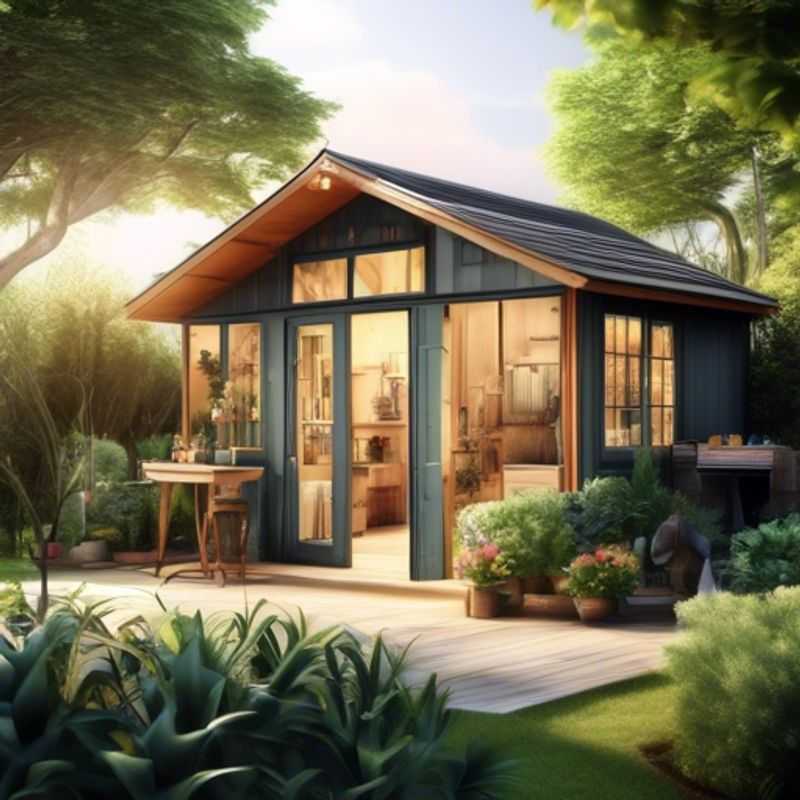
Top Things to Know Before Buying a Garden Studio Shed: Size, Materials, Foundation, Utilities, Regulations, Aesthetics, and Costs
Building a garden studio shed is a fantastic way to add extra space and functionality to your property. But before you dive headfirst into the project, there are some crucial things to consider. Let's break down the key factors you should weigh before purchasing your garden studio shed:
1. Determine the required size and layout. What will you use the shed for? A home office, a workshop, a guest room, or something else entirely? Carefully think about the space you need, the layout that works best for your activities, and the dimensions that will fit comfortably in your garden.
2. Research materials and construction quality.

Designing Your Dream Garden Studio: Size and Layout Considerations
Planning your garden studio shed starts with understanding your needs. First, decide what you'll use it for: a home office, a workshop, an art studio, or a hobby space? Knowing the purpose will help you determine the size and layout.
Think about the furniture you'll need, like a desk, shelves, or workbenches. Measure their dimensions and factor in the space you'll need to move around comfortably. Remember to leave enough room for natural light and good ventilation.
Once you have a good idea of the layout, measure the space where the shed will go. Factor in potential obstacles like trees, fences, or utilities. This ensures the shed will fit comfortably and allow for easy access.
Before making any final decisions, consider the costs involved. You'll need to factor in the cost of the shed itself, the foundation, any necessary permits, and potential landscaping changes. Getting quotes from multiple suppliers is recommended for finding the best deal.
For a more detailed overview of garden studio shed planning, search online for resources like "garden studio shed design" or "how to choose a garden studio shed size." Many websites offer free planning tools and design guides.
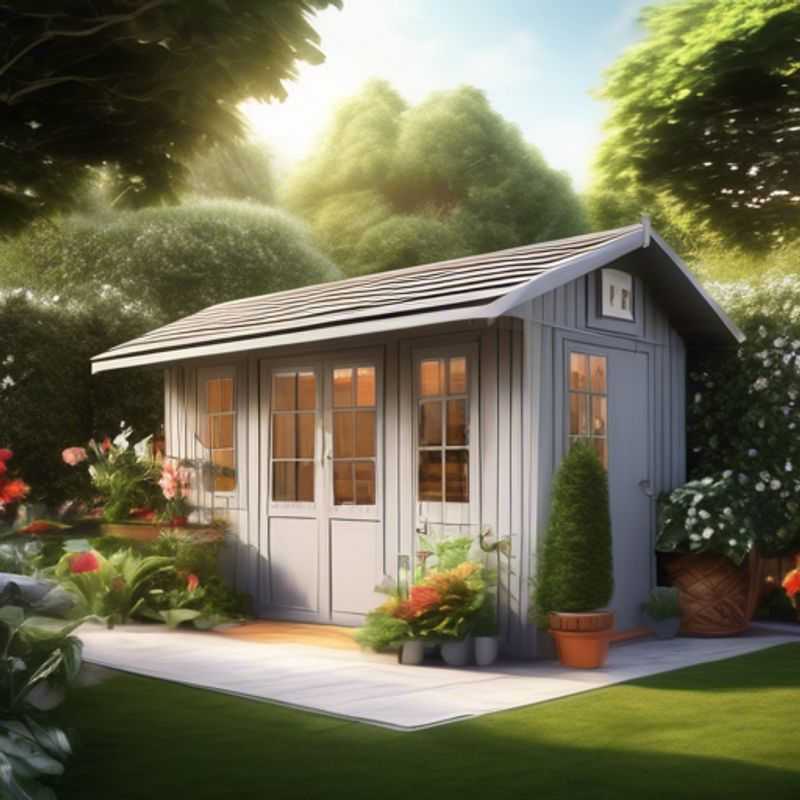
Building to Last: Researching Materials and Construction Quality for Durability
Durability and longevity are key factors in the success of any construction project. Researching materials and construction quality is crucial for ensuring your project stands the test of time. A well-informed decision can save you from costly repairs and replacements down the line.
Here’s what you need to know:
Materials:
The first step is understanding the properties of various materials. Consider factors like:
- Strength: How well does it withstand stress and weight?
- Durability: How resistant is it to weathering, wear, and tear?
- Maintenance: Does it require regular upkeep? How difficult and expensive is it to maintain?
- Environmental impact: What’s the material’s footprint? Are there sustainable alternatives?
Construction Quality:
Equally crucial is the quality of workmanship. This involves:
- Proper Installation: Following manufacturer guidelines and industry best practices ensures the material functions as intended.
- Craftsmanship: Experienced and skilled builders are vital for quality results, especially for intricate designs or complex projects.
- Inspection: Regular inspections during construction ensure that everything meets standards and catches any potential flaws early on.
Paid Activities:
The costs associated with researching materials and construction quality can vary depending on the project's complexity. Some common expenses include:
- Material Testing: Labs can test material samples to determine their specific properties and performance.
- Consultants: Experts in materials science, construction, or engineering can provide valuable insights and recommendations.
- Inspection Services: Third-party inspectors can evaluate construction quality and identify potential issues.
By investing time and resources in researching materials and construction quality, you can ensure that your project is built to last. It might seem like an extra step, but the long-term benefits far outweigh the initial cost. Investing in quality now can save you significant expenses and headaches in the future.
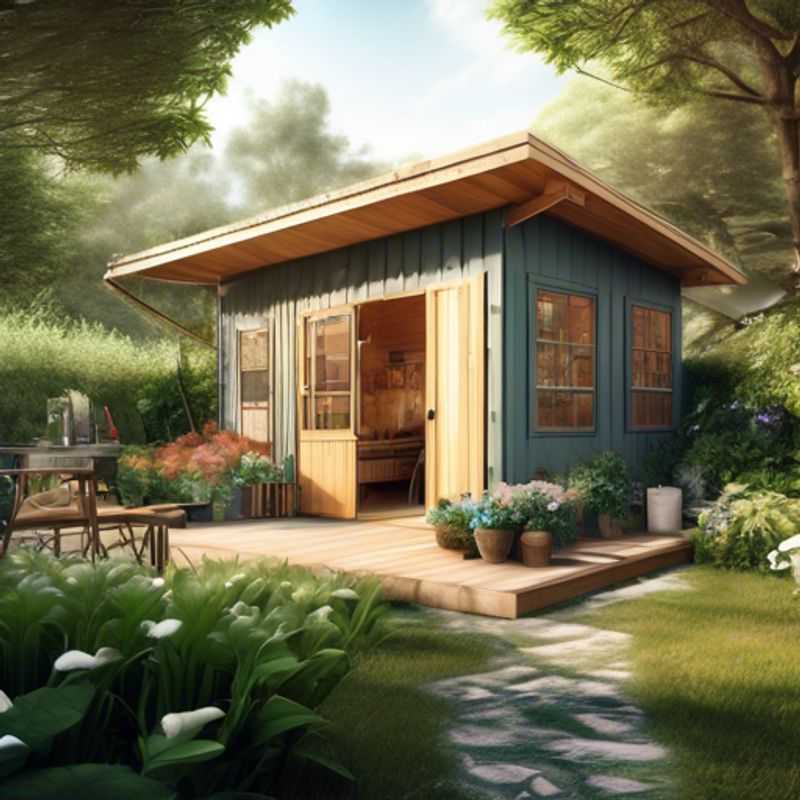
Laying the Groundwork: Foundation Requirements for a Successful Site
Before you start building your website, you need to consider the foundation requirements. This means making sure you have the right tools and resources in place. Here are some things you'll need to think about:
Domain name: This is your website's address on the internet. Choose a domain name that is easy to remember and relevant to your website's content.
Web hosting: This is where your website's files are stored. You'll need to choose a web hosting provider that offers the right amount of storage and bandwidth for your needs.
Content management system (CMS): This is a software platform that makes it easy to create and manage your website's content. There are many popular CMS options available, such as WordPress, Drupal, and Joomla.
Once you have the foundation requirements in place, you can start preparing your site. This includes creating a website design, developing content, and configuring your CMS. You may also need to install plugins and themes, depending on your CMS.
Once your site is ready, you can launch it and start promoting it to your target audience. Be sure to track your website's performance using analytics tools so that you can see how your website is doing and make improvements over time.
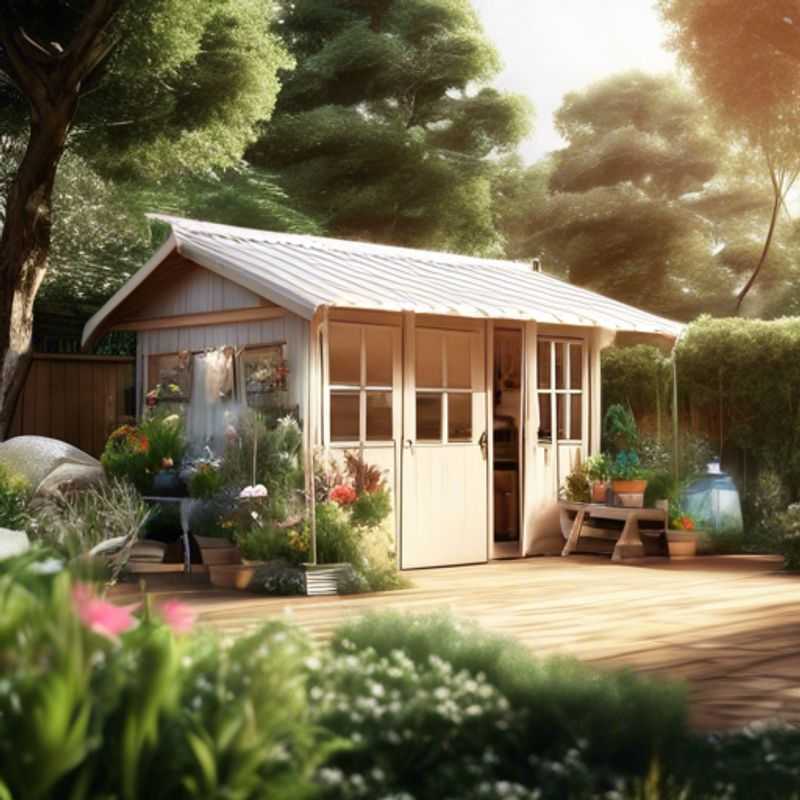
Optimizing Your Home: Exploring Insulation, Electricity, and Ventilation Options
When exploring options for insulation, electricity, and ventilation, remember that every project has unique considerations. Here's a summary of key factors to consider:
Insulation:
Insulation is vital for controlling heat loss and gain, impacting your energy bills and comfort. Common insulation materials include fiberglass, cellulose, spray foam, and mineral wool. Factors like existing wall structure, desired R-value (resistance to heat flow), and budget will guide your choice. You may have to pay for professional installation, especially for spray foam and some cellulose products.
Electricity:
When considering electrical upgrades, factor in safety, energy efficiency, and future needs. Options include upgrading electrical panels, installing smart devices, and rewiring for increased capacity. You may need to hire a licensed electrician, which will involve additional labor costs.
Ventilation:
Ventilation ensures proper air circulation, removing moisture and pollutants, improving indoor air quality. Options include mechanical ventilation systems (e.g., exhaust fans, heat recovery ventilators) and passive ventilation methods (e.g., operable windows, strategically placed vents). Costs vary depending on the system's complexity and installation requirements.
Estimating Costs:
While providing precise cost estimates is impossible without specific details, remember that costs can vary based on factors like:
• Labor: Hourly rates for electricians, plumbers, and insulation installers vary by region.
• Materials: The type and quantity of materials will directly impact cost. Compare prices and explore cost-effective alternatives.
• Permits and inspections: Local building codes may require permits and inspections for electrical and ventilation work, which can add costs.
• Accessibility: Working in difficult-to-access areas, like attics or crawl spaces, can increase labor costs.

Know the Rules: Familiarizing Yourself with Local Building Codes
Familiarizing yourself with local building codes and regulations is crucial for any construction project. These codes ensure safety, accessibility, and sustainability of buildings. Failing to comply can lead to costly fines, delays, and even project shutdowns.
The specifics of building codes vary by location, so it's essential to check with your local municipality or building department. They can provide you with a complete set of regulations and requirements for your project.
Here are some common aspects of building codes you should be aware of:
• **Foundation & Structural Requirements:** Codes specify minimum foundation depths, materials, and structural design standards to ensure building stability.
• **Fire Safety:** Building codes address fire-resistant materials, fire alarm systems, and emergency exits to ensure building safety in case of fire.
• **Electrical & Plumbing Codes:** These codes dictate wiring, plumbing fixtures, and electrical system installation to prevent hazards.
• **Accessibility:** Building codes require accessible features for people with disabilities, including ramps, grab bars, and accessible restrooms.
• **Energy Efficiency:** Building codes often include requirements for energy-efficient windows, insulation, and HVAC systems to promote sustainability and reduce energy consumption.
While some code information is publicly available, it's best to consult with a professional engineer or architect for specific project guidance. They can help you understand the codes, apply them correctly, and avoid costly mistakes.
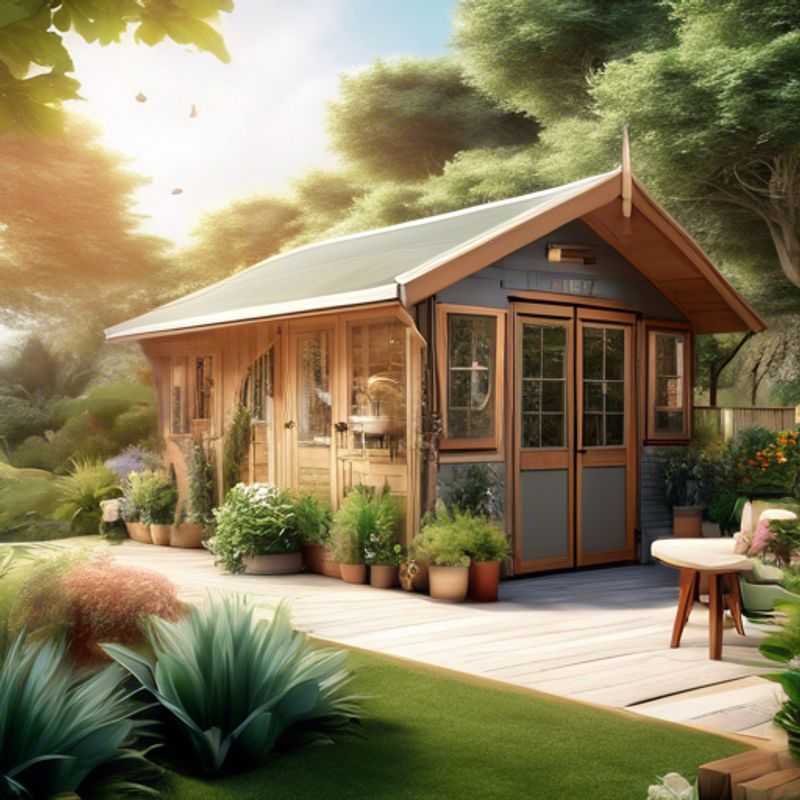
Shed Style: Choosing the Perfect Match for Your Garden
When you envision your garden shed, think beyond its practical uses and consider how it will blend into your outdoor space. Aesthetic appeal is key, making sure the shed complements your garden's style and enhances its overall beauty.
Imagine a charming cottage garden with a quaint, rustic shed built from reclaimed wood. Or perhaps a modern minimalist garden adorned with a sleek, metal shed. The right shed can become a delightful focal point, adding character and visual interest.
Consider the shed's size, shape, and materials. Will it be a bold statement or blend subtly with the existing landscape? A well-placed shed can even enhance privacy, creating a cozy nook in your garden.
Don't forget the details: paint colors, window styles, and even a climbing vine can add personality. Ultimately, a well-chosen shed will not only be functional but also a beautiful addition to your outdoor sanctuary.
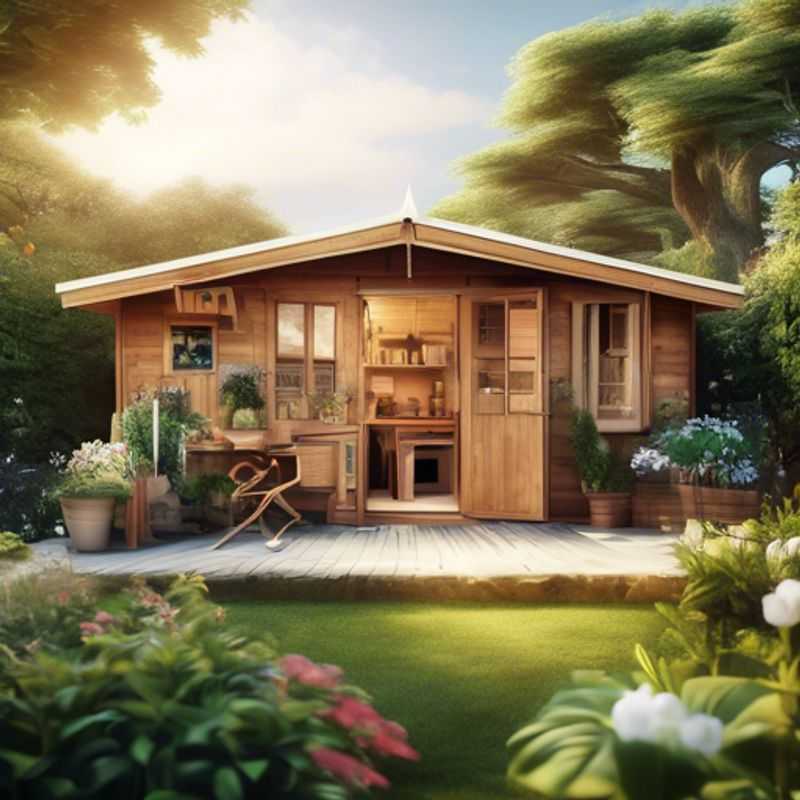
Don't Forget the Extras: Delivery, Assembly, and Permits
When planning a project, it's crucial to factor in the cost of delivery, assembly, and any necessary permits. These costs can significantly impact your budget.
Delivery costs can vary depending on the size and weight of the items, the distance they need to be transported, and the type of delivery service used. Consider using a professional delivery service if you need help with unloading and moving the items to their final location.
Assembly costs can be significant, especially if you need to hire professionals to put together complex structures or equipment. Get quotes from different assembly services to compare prices and find the best deal.
Permits are often required for construction projects, renovations, or even installing certain types of equipment. Research the necessary permits for your project and factor in the application fees and any other costs associated with obtaining the permits.
By accounting for these costs upfront, you can avoid unexpected expenses and ensure that your project stays within budget.
